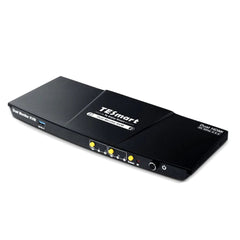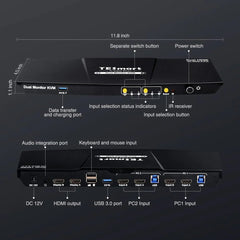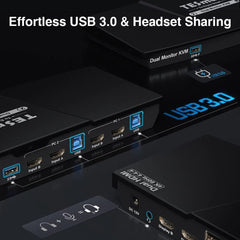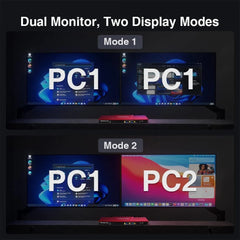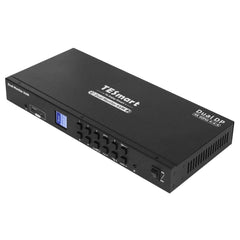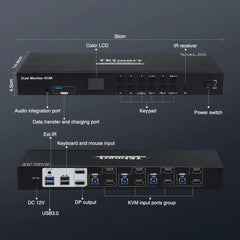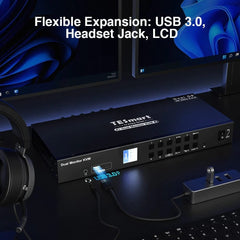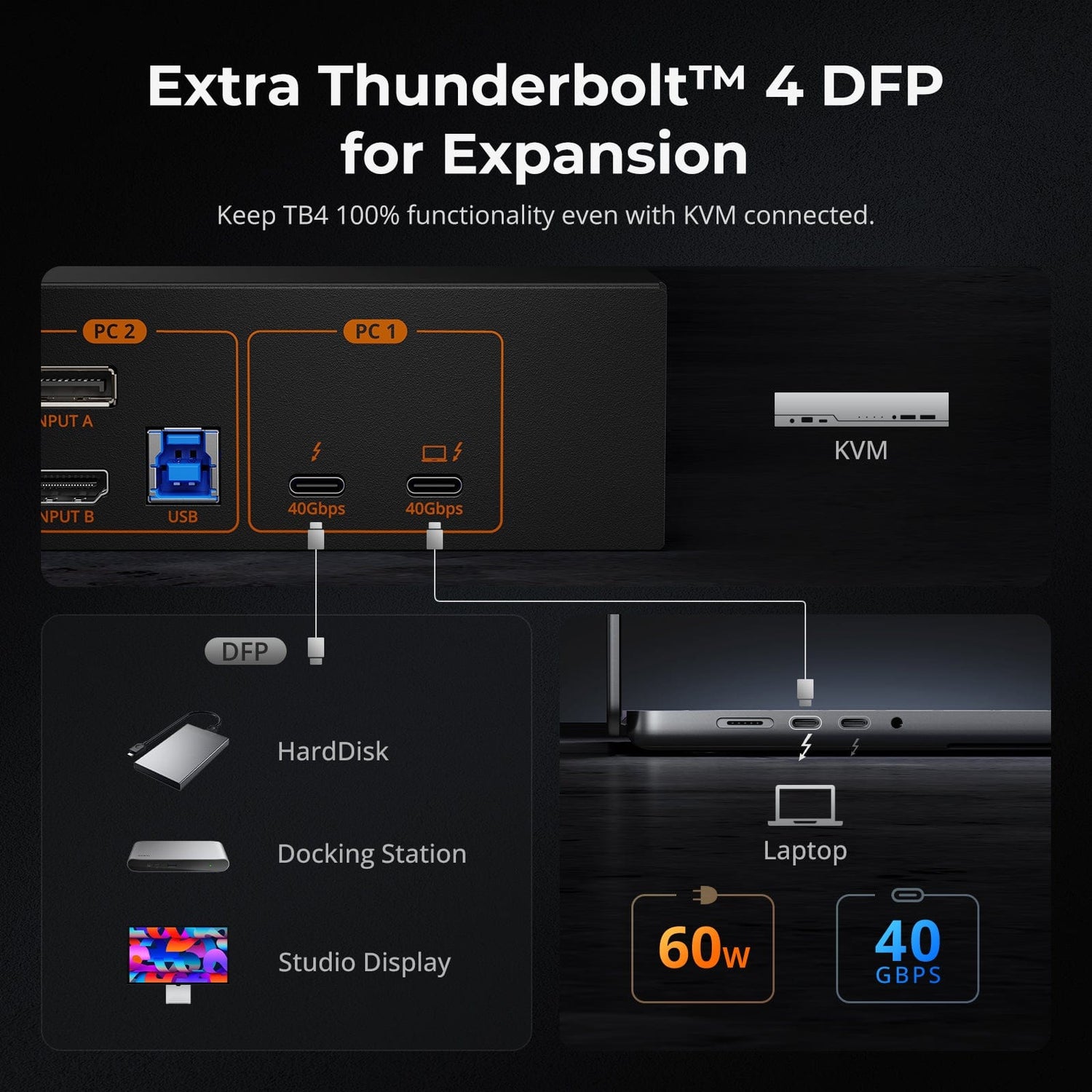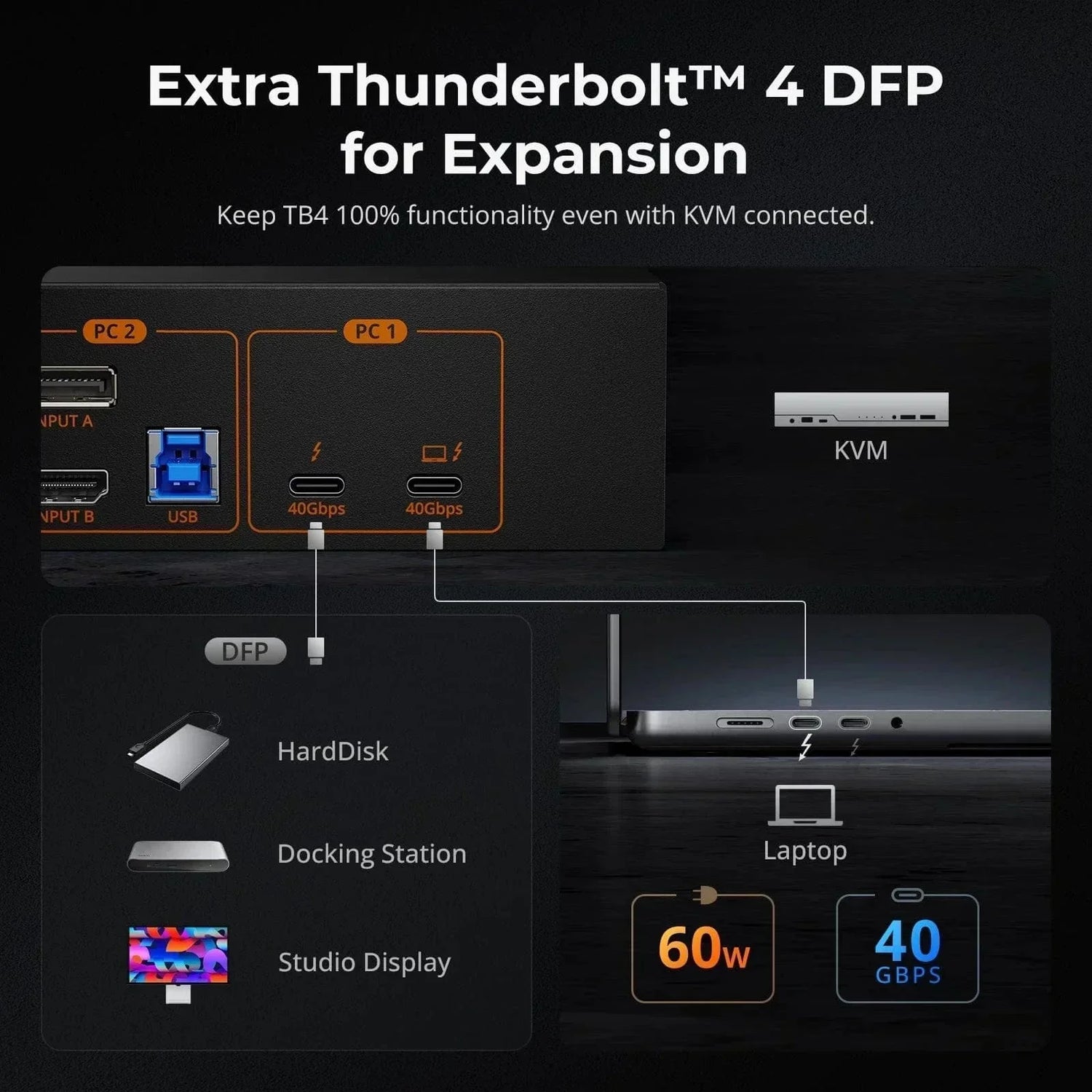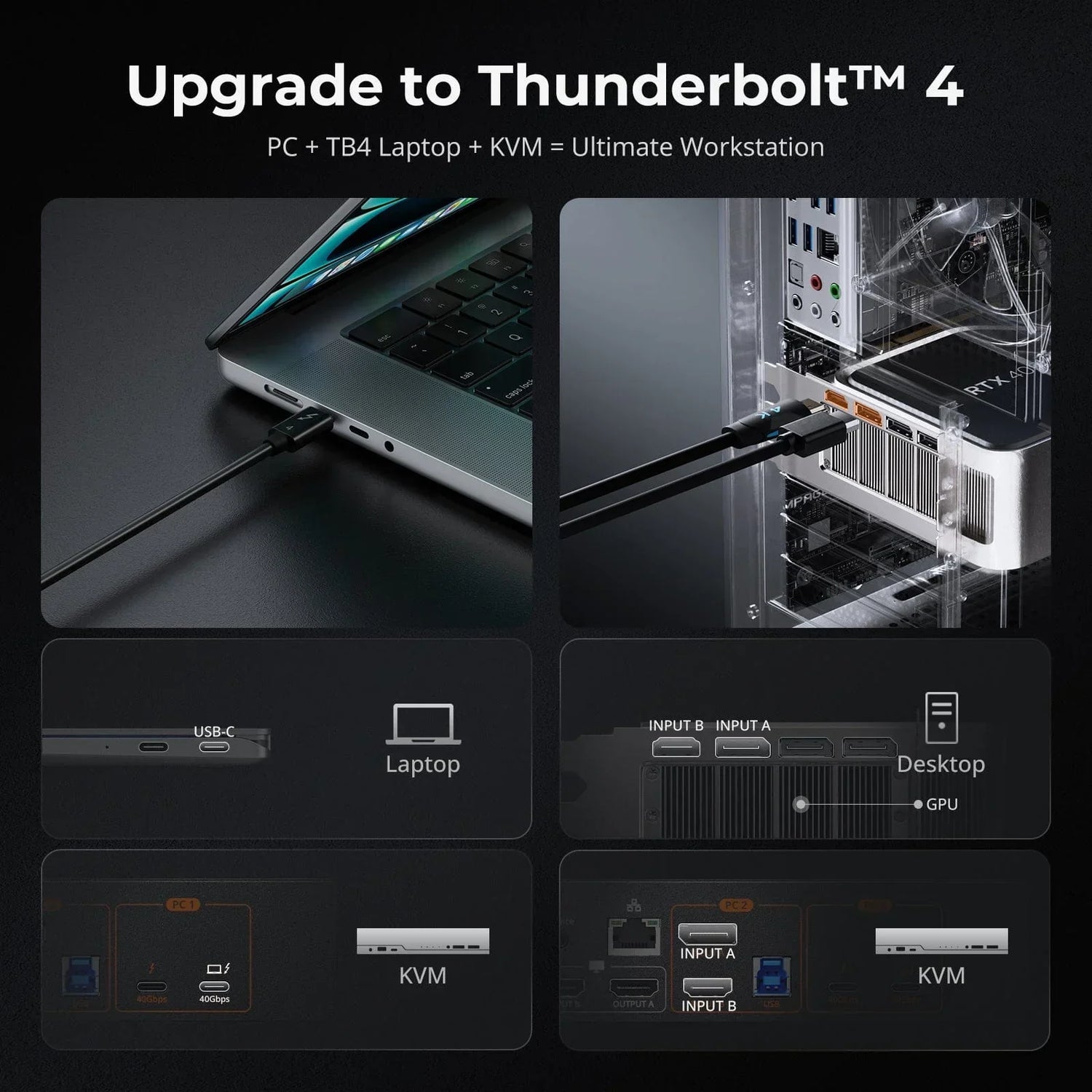Introduction
As the digital transformation accelerates, the significance of KVM (Keyboard, Video, Mouse) switches and HDCP (High-bandwidth Digital Content Protection) standards becomes increasingly prominent across various domains. KVM switches offer efficient device management solutions, while HDCP standards ensure the security of digital content. When combined, these two technologies provide users with a more secure and efficient digital experience.
What is the KVM Switches
KVM switches are hardware devices that enable users to control multiple computers or servers using a single set of keyboard, video display, and mouse peripherals. In essence, they act as "switches" that allow multiple computers to share a single set of input/output devices. KVM switches typically have multiple input ports and one or more output ports. Users can select the computer they want to control through buttons, software control, or other user interfaces. Once a specific computer is chosen, all signals from the keyboard, video, and mouse are directly transmitted to that computer, just like a direct connection.
HDCP Technology
HDCP, short for "High-bandwidth Digital Content Protection," is a technology that protects digital content by encrypting it. It is primarily used to prevent unauthorized copying or interception of digital video and audio content during transmission. HDCP technology works by establishing a secure encrypted channel between the sending and receiving devices. When digital content is transmitted from one device to another, HDCP encrypts this content, and only authorized devices can decrypt and display it.
The Importance of HDCP Compliance
Efficient Copyright Protection
In the digital age, safeguarding original content against unauthorized copying and distribution is crucial. HDCP technology provides a robust security barrier for digital content by employing advanced encryption algorithms. This not only helps prevent illegal duplication but also strongly resists the unlawful dissemination of content. For content creators and copyright holders, this is a vital copyright protection measure.
Preservation of Content Value and Uniqueness
Illegal copying and distribution not only infringe upon copyrights but can also dilute the uniqueness and value of original content. HDCP technology efficiently prevents unlawful operations, ensuring the uniqueness and irreplaceability of content. This not only upholds content quality and scarcity but also supports the economic interests of content creators and copyright holders.
Support for Industry Standards and Legal Requirements
HDCP technology also aligns with various international standards and legal regulations, providing robust legal support for copyright protection. This ensures that content creators receive the rightful protection and benefits worldwide.
Compatibility: Ensuring Compatibility with a Range of Devices and Services
Precise Device Compatibility
In the digital world, HDCP compliance not only represents security assurance but also serves as a trust foundation for seamless integration among various devices and services. This compliance ensures effortless information exchange and resource sharing with a wide array of HDCP-supporting devices or services, spanning from home televisions and professional displays to gaming consoles, personal computers, and various online streaming services.
Extensive Adaptability across Multiple Platforms
HDCP technology has gradually become a common standard in the digital industry. Most modern digital devices and services not only support HDCP but, in some cases, even require HDCP compliance. This extensive application enhances interoperability among devices and platforms, allowing users to enjoy and share various digital content more conveniently. This broad versatility underscores HDCP technology's indispensable role in constructing a more interconnected, efficient, and secure digital ecosystem.
HDCP and KVM: Intersections and Challenges
Intersection of Content Security and Device Management
In multi-device environments, especially those involving high-value or sensitive digital content (such as data centers, film production, and internal corporate meetings), HDCP and KVM often need to work together. In such scenarios, efficient management of multiple devices is essential, along with ensuring the security of transmitted and displayed content.
Compatibility Issues
If a KVM switch does not support HDCP, protected content transmitted through that switch may not display correctly on the output device. This not only impacts the user experience but could also violate content protection agreements, potentially leading to legal issues.
Legal and Compliance Considerations
Many countries and regions have strict digital content protection laws and regulations. Using KVM switches that do not support HDCP compliance may result in illegal copying and distribution of protected content, potentially leading to legal repercussions.
Conclusion
Choosing a KVM (Keyboard, Video, Mouse) system that complies with HDCP (High-bandwidth Digital Content Protection) standards is crucial. Such a choice has dual significance: first, it provides a robust security barrier for your valuable digital content, effectively thwarting unauthorized copying and distribution, and ensuring the uniqueness and value of your content are preserved. Second, HDCP-compliant KVM systems ensure seamless integration with a wide range of other HDCP-supporting devices and services. Whether it's your home entertainment system's television and sound system or a variety of devices and services in professional work scenarios, this compatibility enables you to operate and manage them more effortlessly, greatly enhancing convenience and work efficiency.
HDCP-Compliant KVM Switch Recommendations
For Dual-display and Dual-input Source Sevice Scenarios: HKS0202A2U - This is an outstanding multimedia switching solution now made even more powerful as it incorporates both DTS and Dolby audio technologies. This product shines in various audio and video scenarios. HKS0202A2U introduces DTS and Dolby audio technologies, offering users a captivating audio experience like never before. This KVM switch features integrated microphone and left/right audio output functions, meaning users can easily conduct video conferencing, online education, or media production. The addition of a microphone allows users to convey their voice clearly, while the left/right audio output provides more audio options, enhancing the sound effects of multimedia content.
For Dual-display and Four-input Source Device Scenarios: DKS402-P23 - This is an exceptional multimedia switching solution that integrates both DTS and Dolby audio technologies, giving users the opportunity to realize feature highlights in various audio and video scenarios. DKS402-P23 introduces DTS and Dolby audio technologies into the switching solution, providing users with an unparalleled audio experience. Whether you are watching movies, gaming, or engaging in multimedia production, this KVM switch immerses you in exceptional sound. It comes equipped with a new color LCD display and front-panel buttons, making switching and controlling monitor signals effortless. Regardless of which display you need to switch the signal to, it can be done through simple operations, enhancing user convenience.


